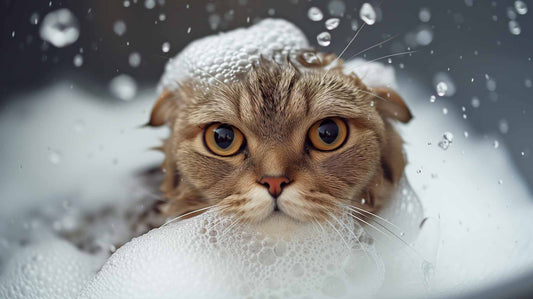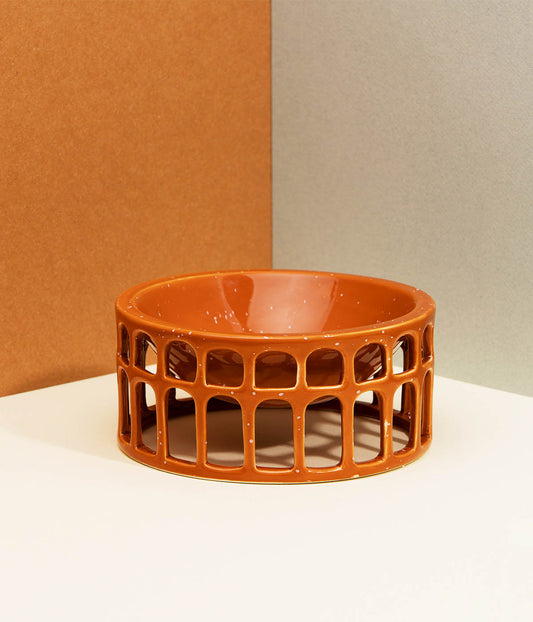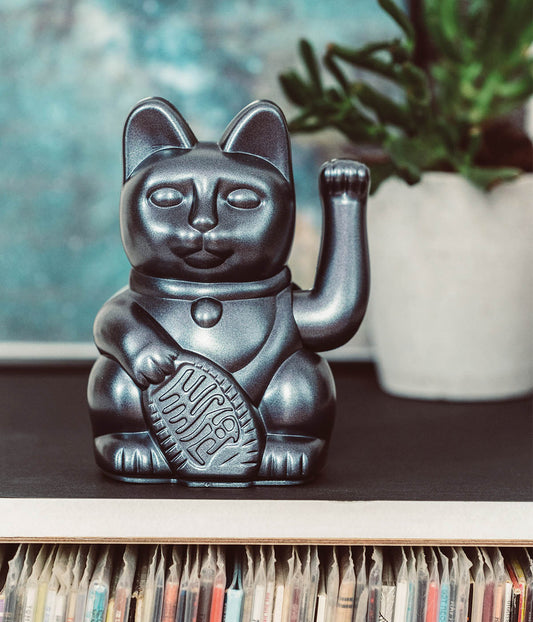
Cat Allergy Solutions: Hypoallergenic Cats Explained
Marie DuchessAre you a cat lover who suffers from allergies? If so, you may have heard about hypoallergenic cats. But what exactly are hypoallergenic cats, and can they really help alleviate your allergy symptoms? In this blog post, we will explore the concept of hypoallergenic cats and provide you with some solutions to help you enjoy the company of feline friends without the sneezing and itching.
What are hypoallergenic cats?
Hypoallergenic cats are breeds that produce fewer allergens compared to other cats. Allergens are substances that can cause an allergic reaction in sensitive individuals. These allergens are typically found in a cat's saliva, urine, and dander (dead skin cells). When a person with allergies comes into contact with these allergens, they may experience symptoms such as sneezing, itching, and watery eyes.
How do hypoallergenic cats work?
Hypoallergenic cats produce fewer allergens due to their genetic makeup. They may have a different type of coat, produce less saliva, or have a lower level of a specific protein called Fel d 1, which is a common allergen for many people. By having fewer allergens, hypoallergenic cats can potentially reduce the risk of triggering an allergic reaction in sensitive individuals.
Which cat breeds are considered hypoallergenic?
While no cat breed is completely hypoallergenic, some breeds are known to produce fewer allergens. These include:
- Sphynx
- Russian Blue
- Bengal
- Siberian
- Burmese
It's important to note that individual reactions to cat allergens can vary, and what works for one person may not work for another. If you have severe allergies, it's always best to consult with an allergist before bringing a cat into your home.
Tips for living with a hypoallergenic cat
If you decide to get a hypoallergenic cat, here are some tips to help minimize your exposure to allergens:
- Keep your cat out of the bedroom to create an allergen-free zone where you can sleep without symptoms.
- Regularly groom your cat to remove loose hair and dander. Consider using a damp cloth or specialized pet wipes to wipe down your cat's fur.
- Vacuum and dust your home frequently to reduce the presence of allergens in your environment.
- Invest in an air purifier with a HEPA filter to help capture airborne allergens.
- Wash your hands after petting your cat to minimize the transfer of allergens to your face and eyes.
Conclusion
Hypoallergenic cats can be a great option for cat lovers who suffer from allergies. While they may not completely eliminate the risk of an allergic reaction, they can help reduce allergen exposure and potentially alleviate symptoms. Remember to do your research, consult with an allergist, and take necessary precautions to create a comfortable and allergy-friendly environment for both you and your feline companion.













